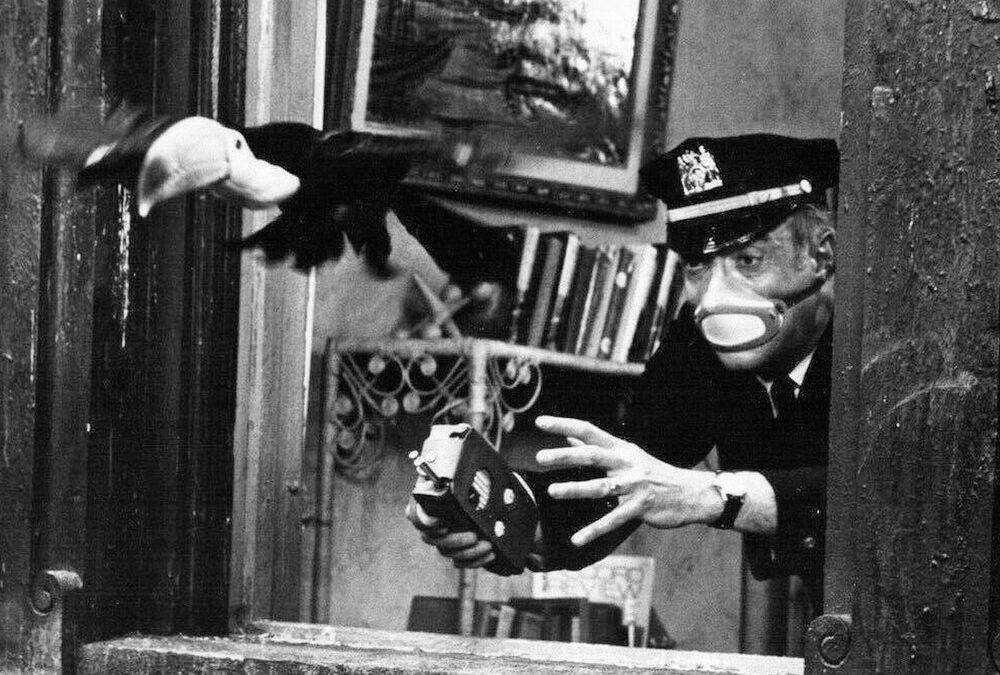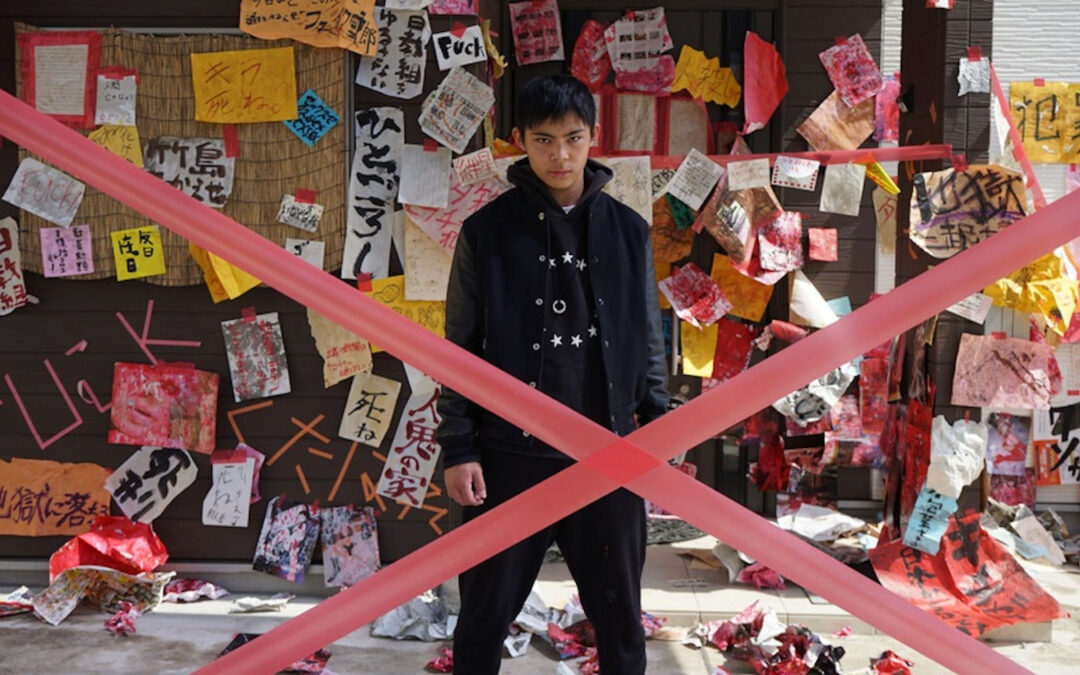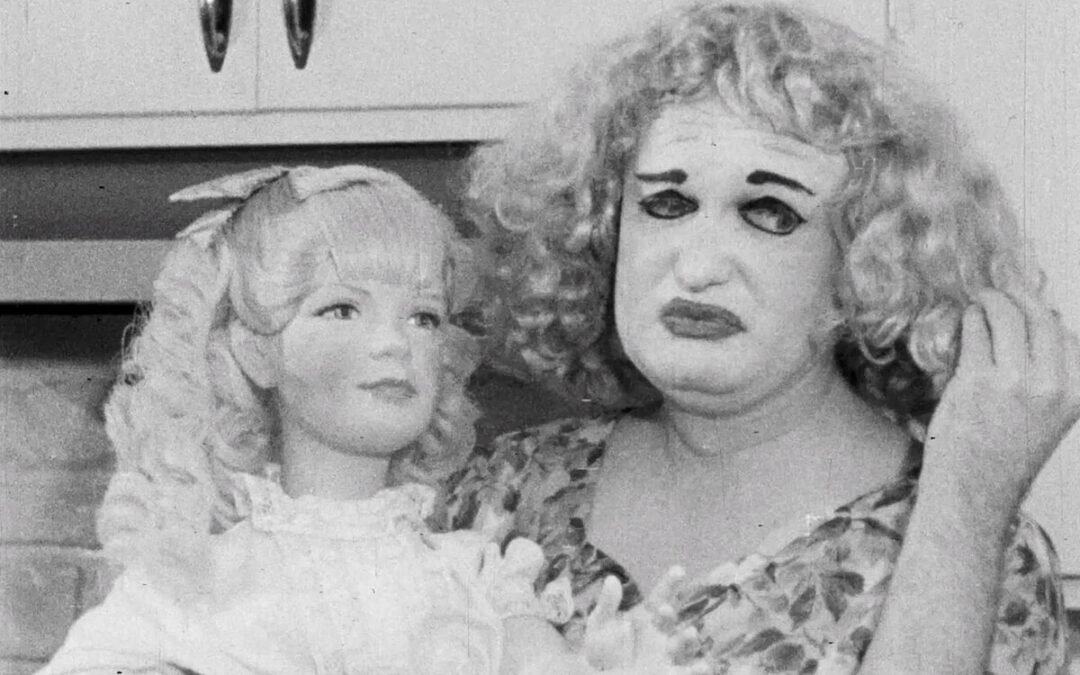The first conspiracy theory I got swept up in had to do with a movie that a few of us caught on television in eighth grade. After the summer of 1968, it felt like big changes were afoot. The movie that captured our imaginations was the story of a pandemic that caused...




